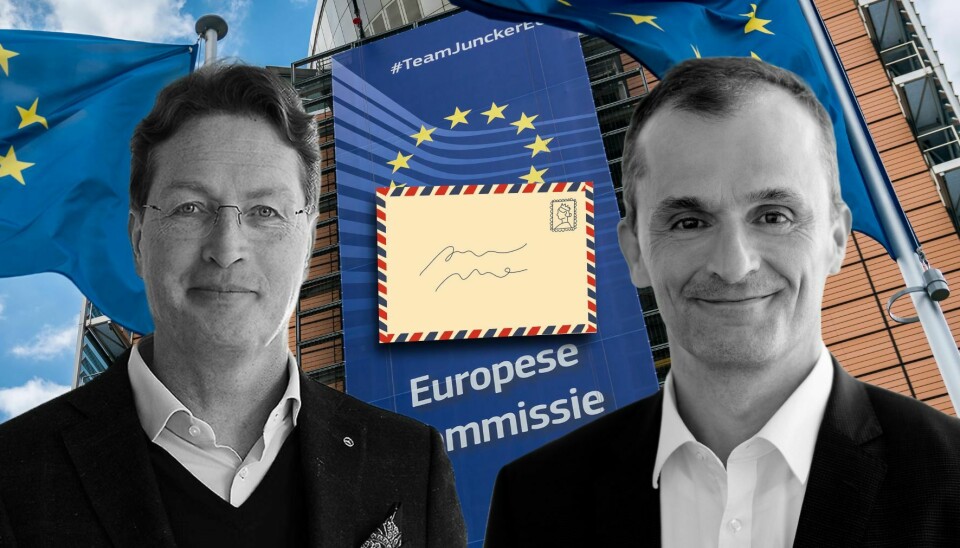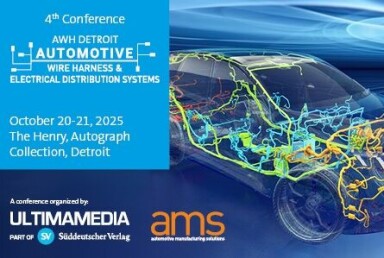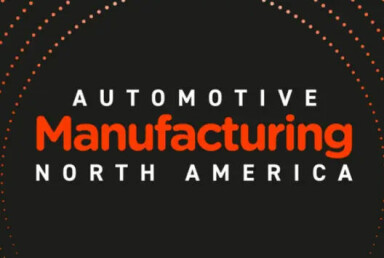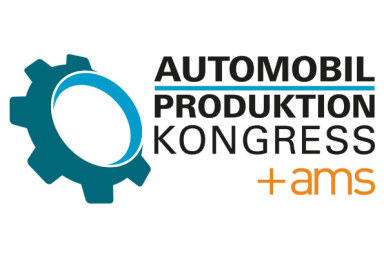Emissions Policy Pressures
EU carmakers say 2035 CO2 targets unworkable

Europe’s leading automotive executives are pressing Brussels to rethink its car and van CO2 rules, warning that rigid 2030 and 2035 targets are no longer realistic amid rising costs, import dependence and trade barriers.
Europe’s flagship plan to cut CO2 emissions from road transport is facing resistance from within its own automotive sector. Just recently, AMS reported that Mercedes Chairman, Ola Källenius is publicly urging a "reality check" on the EU's Electric Vehicle (EV) drive which is set on ushering in a 2035 ban on new petrol and diesel vehicles. Källenius said that Europe's push in this direction will see the region's auto industry likely suffer “collapse”, saying: “We need a reality check. Otherwise we are heading at full speed against a wall.”
The European Commission’s target of a 100% reduction in car and van emissions by 2035, hailed as a cornerstone of the bloc’s climate strategy, is “no longer feasible,” according to senior figures representing both vehicle manufacturers and suppliers.
Kaellenius is now joined by Matthias Zink, chief executive of powertrain and chassis at Schaeffler; who have made a joint declaration in a letter sent to European Commission President Ursula von der Leyen.
Meeting the rigid car and van CO2 targets for 2030 and 2035 is, in today’s world, simply no longer feasible
The intervention signals growing unease in Europe’s automotive boardrooms as the sector contends with swelling competition from China, looming tariffs from the United States and fragile supply networks.
Kaellenius is also President of the European Automobile Manufacturers' Association (ACEA), while Zink is President of the European Association of Automotive Suppliers (CLEPA).
Warning on overreliance and weak infrastructure
Kaellenius and Zink reiterated their companies’ commitment to the EU’s broader net-zero target by 2050. Yet they warned that Europe’s industrial base was increasingly hampered by structural weaknesses. “Meeting the rigid car and van CO2 targets for 2030 and 2035 is, in today’s world, simply no longer feasible,” they wrote.
The two executives pointed to near-total dependence on Asia for battery supply, uneven charging infrastructure across the EU, higher domestic production costs and the risk of punitive trade barriers abroad. They argued that such conditions made the current regulatory path unrealistic and risked leaving Europe’s automotive sector at a disadvantage.
Flexibility beyond pure electrification
The letter urged Brussels to broaden its policy beyond electric vehicles alone. “EVs will lead the charge, but there must also be space for (plug-in) hybrids, range extenders, highly efficient internal-combustion engine vehicles, hydrogen and decarbonised fuels,” it said. The appeal reflects a desire to maintain a technology-neutral approach rather than locking the industry into a single solution.
The association leaders also pressed for a review of CO2 rules for heavy-duty trucks and buses, citing similar feasibility challenges.
Shifting political winds in Europe
Electric cars currently account for about 15% of new EU car sales, with vans at 9%. While these figures reflect progress, they remain far from the penetration levels implied by the 2030 and 2035 rules. Legal mandates alone, the executives argued, would not accelerate the transition at the required pace.
The Commission has already conceded some ground, granting carmakers additional time earlier this year to meet 2025 emissions targets. Within Brussels, political momentum is also shifting. Members of von der Leyen’s own centre-right grouping have called for the EU to scrap the 2035 ban on combustion engines outright.
Von der Leyen is scheduled to meet automotive executives on 12 September to discuss the sector’s future. With Europe squeezed between Chinese overcapacity and American protectionism, the session may mark a decisive moment in redefining the bloc’s climate and industrial strategy.





